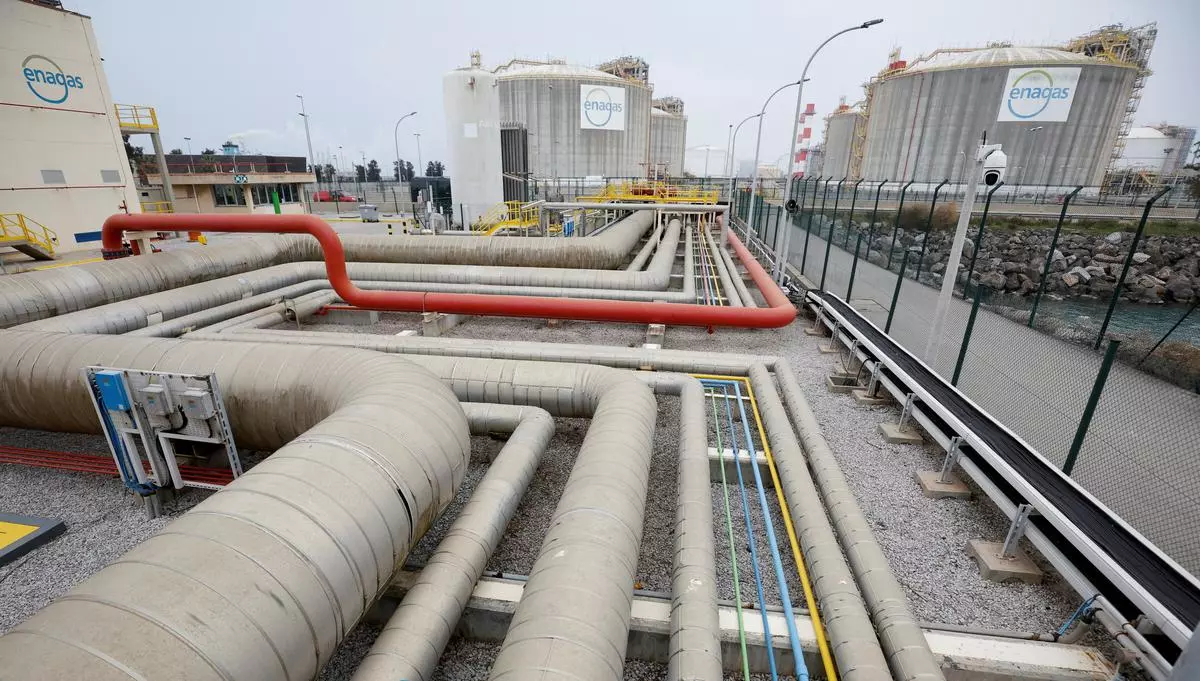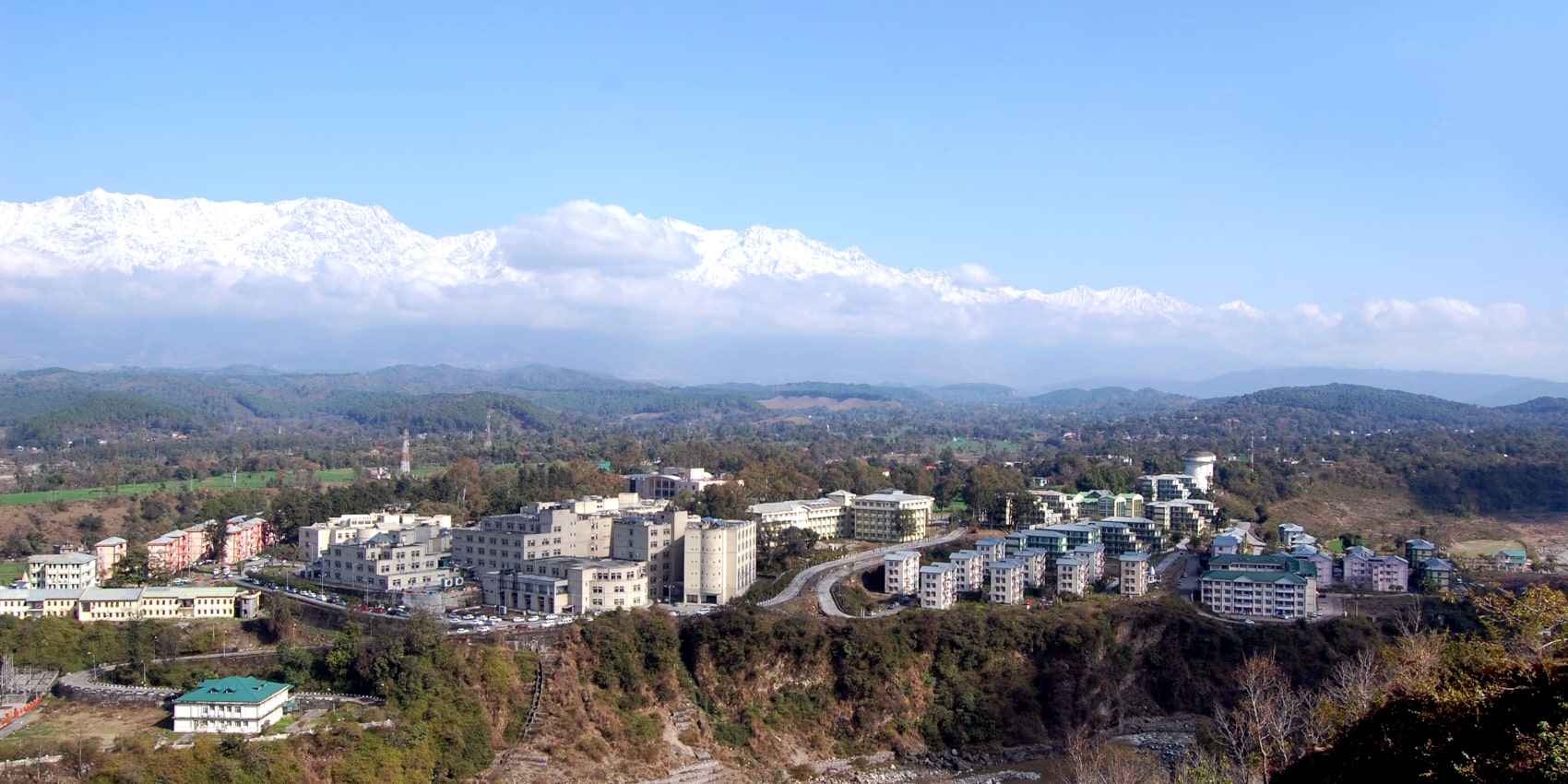Revamping Natural Gas Pricing in India: Key Changes and Implications
The Indian government has recently made changes to the pricing model for domestic natural gas, in line with the recommendations of the Kirit Parikh committee on gas pricing. The new pricing system, which will be announced monthly, is linked to 10% of the international price of the Indian crude basket. This move is expected to result in a 10% decrease in prices for piped natural gas (PNG) and compressed natural gas (CNG) used by households, auto fuel, and various industries.
Floor and Ceiling Prices Established
To cover the cost of gas production by state-run companies ONGC and Oil India Ltd, the government has established a floor price of $4 per MMBtu for the next two years. Additionally, a ceiling price of $6.5 per MMBtu has been set. The recommendations of the Parikh panel on natural gas pricing have been accepted by the government.
Changes to Administered Price Mechanism
The Union Cabinet has approved significant changes in the pricing regime for domestic natural gas under the Administered Price Mechanism (APM). The Indian government sets the price of natural gas produced by oil and gas companies under the APM. The APM gas price, which accounts for about two-thirds of India’s natural gas production, has been determined as per the ‘modified’ Rangarajan formula since November 1, 2014. These changes will mainly apply to gas produced by legacy fields or nomination fields of national oil companies ONGC and Oil India Ltd (OIL).
Linking APM Gas Prices to Crude Oil Prices
The new pricing formula will link APM gas prices to crude oil prices, which is the prevalent practice in most natural gas contracts internationally. This is more relevant to India’s consumption basket and has deeper liquidity in global trading markets on a real-time basis. Data from the previous month of the Indian crude basket price will form the basis for APM gas price determination.
Balancing Demands of Consumers and Producers
The government has attempted to balance the demands of consumers and producers by establishing a ceiling and floor price. ONGC and Oil India Ltd had been petitioning the government for a floor price, as they had been forced to sell gas at a loss for a prolonged period when prices sustained below their cost of production. On the other hand, gas-consuming industries had been urging the government to ensure affordability of domestic natural gas.
Implications of the Reforms
The reforms are expected to lead to a significant decrease in prices of Piped Natural Gas (PNG) for households and Compressed Natural Gas (CNG) for transport. The reduced prices shall also lower the fertilizer subsidy burden and help the domestic power sector. These changes are expected to create a more predictable and stable pricing system for domestic natural gas, and attract more investment in the sector.
| Type of gas | Tentative price |
|---|---|
| Piped Natural Gas (PNG) | Expected to decrease by 10% |
| Compressed Natural Gas (CNG) | Expected to decrease by 10% |
| Administered Price Mechanism (APM) gas | Linked to 10% of the international price of the Indian crude basket, with a floor price of $4 per MMBtu and a ceiling price of $6.5 per MMBtu for the next two years |
In conclusion, the Indian government’s move to revamp the pricing model for domestic natural gas is a significant step towards creating a more transparent and predictable pricing system, which will help balance the demands of consumers and producers. These changes are expected to have positive implications for households, auto fuel, various industries, and the domestic power sector.

























Wow, wonderful weblog layout! How long have you been blogging
for? you make blogging glance easy. The full glance of your web site is excellent, as smartly as the content